What is the warehouse solution? Overview of Warehouse Management Systems (WMS)
In today’s fast-paced logistics and supply chain industry, efficient warehouse solutions are critical to business success. A warehouse solution is a set of integrated technologies and systems designed to optimize warehouse operations, from receiving and storing goods to picking, packing, and shipping. They enable businesses to streamline logistics, reduce costs, improve inventory accuracy, and improve customer satisfaction.
At the heart of these solutions is a Warehouse Management System (WMS) – a software solution that serves as the central nervous system of warehouse operations. Whether a standalone system or part of a larger suite of enterprise applications, a WMS helps businesses track inventory and seamlessly manage labor.
What types of Warehouse Management Systems (WMS)?
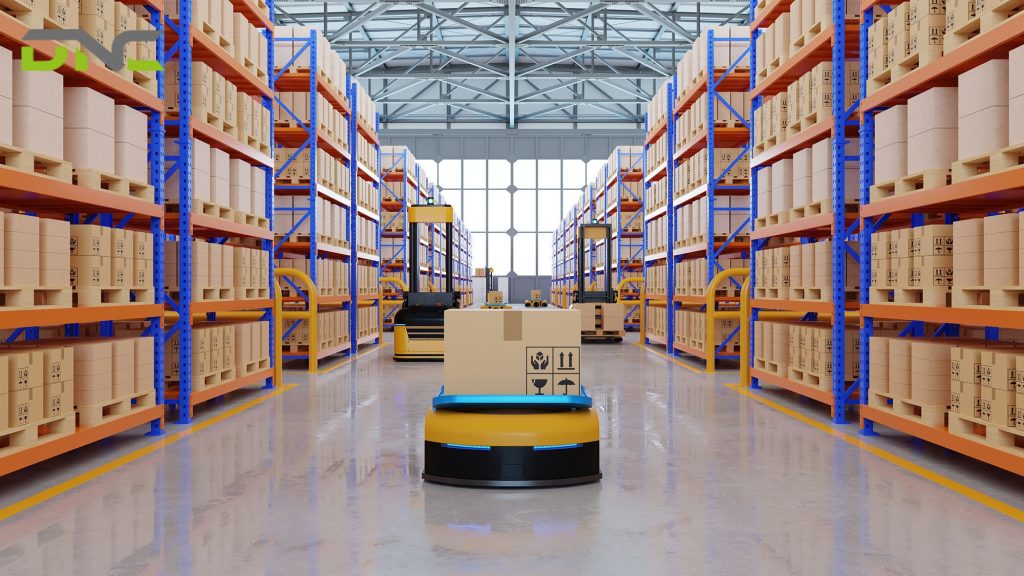
What types of Warehouse Management Systems (WMS)?
Choosing the right type of Warehouse Management System (WMS) depends on the size, complexity, and future growth plans of the business, such as Standalone WMS System, a Supply Chain Management Module, an Enterprise Resource Planning (ERP) Module, or a Cloud-Based Platform.
Standalone WMS System
A standalone WMS is a dedicated software developed specifically for managing warehouse operations. It provides basic functions such as inventory control, picking and packing, receiving, and shipping. Although it does not integrate with other systems such as ERP or CRM, its cost-effectiveness and ease of use make it a good choice for small and medium-sized warehouses.
Supply Chain Management Module
This WMS is part of a larger Supply Chain Management (SCM) system. This software not only manages warehouse tasks but also integrates with other supply chain activities such as transportation, procurement, and manufacturing, ensuring better coordination between departments, thereby improving supply chain visibility and efficiency.
Enterprise resource planning (ERP) module
Some businesses choose to integrate WMS into their enterprise resource planning (ERP) system. This approach centralizes all core business processes, including finance, human resources, inventory, and logistics, under a single software suite. While ERP-integrated WMS offers great data synchronization capabilities, it can require more time and investment to implement.
Cloud platform
The latest trend in warehouse solutions is cloud WMS platforms. These systems offer real-time access, scalability, and easier updates without the need for a heavy IT infrastructure. Cloud solutions are ideal for growing businesses looking for flexibility and remote warehouse management.
What are the benefits of implementing an automated warehouse system?
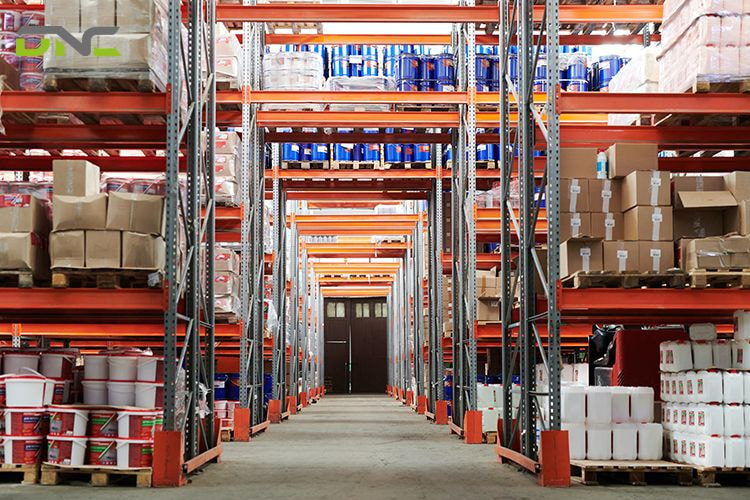
What are the benefits of implementing an automated warehouse system?
Each type of WMS has its uses depending on the business, but implementing automated warehouse systems is always a strategic investment, thanks to the following outstanding benefits:
- Increased warehouse throughput: Automated systems such as order picking robots, conveyors, and intelligent sorters significantly increase the speed of goods processing. This leads to higher throughput and faster order fulfillment.
- Better resource utilization: WMS can assign tasks to workers based on their location or behavior, reducing travel time and improving overall system efficiency.
- Reduced human error: Thanks to the automation of the entire process, the possibility of errors associated with manual processes, such as data entry or physical product handling, is reduced. Barcode scanning, RFID, and AI-based inventory systems ensure more accurate data and fewer errors.
- Increased Productivity and Efficiency: WMS leverages intelligent algorithms for route optimization, inventory control, and reporting, and automated warehouse systems significantly improve overall productivity and efficiency.
What is the biggest challenge in building a warehouse solution?
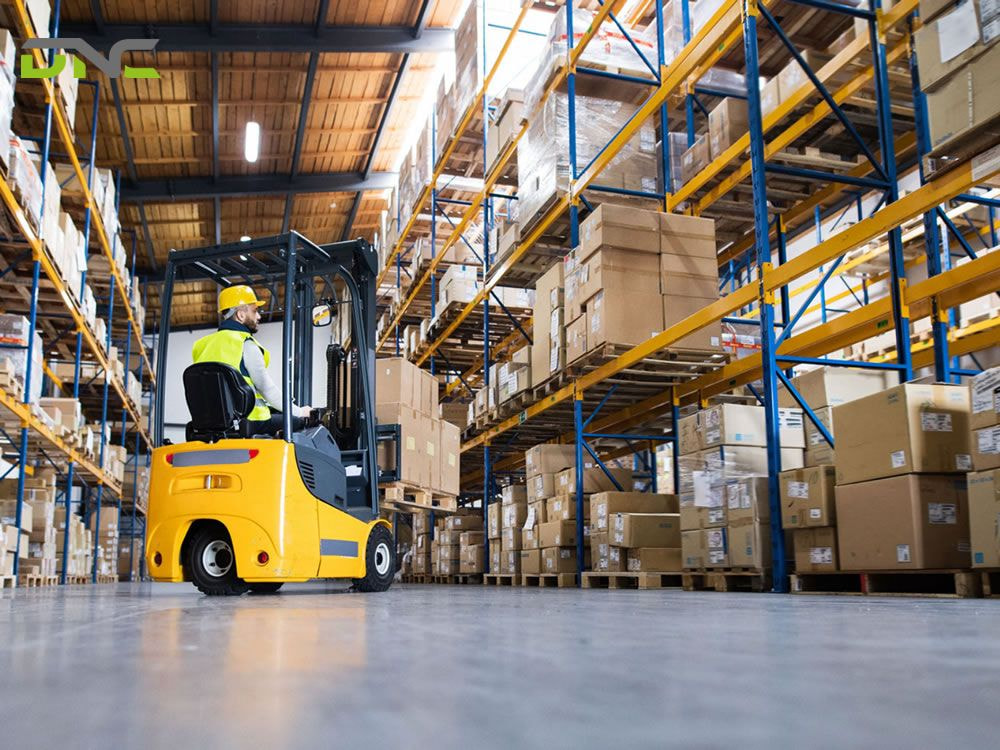
What is the biggest challenge in building a warehouse solution?
While warehouse solutions offer many benefits, implementing them is not without its challenges. The most common barriers businesses face when building or upgrading warehouse systems:
- Inventory loss and damage due to poorly designed warehouse layouts or inadequate safety protocols that can lead to lost or damaged products.
- Employee turnover: High employee turnover in warehouses leads to inefficiencies and increased training costs.
- Equipment maintenance: Automated equipment such as conveyors, elevators, and robots requires regular maintenance. Failure to maintain them can lead to downtime and increased repair costs.
- High initial investment costs: Installing an automated warehouse management system requires a large initial investment, which can be difficult for small businesses.
What are the trends in warehousing systems in 2025?
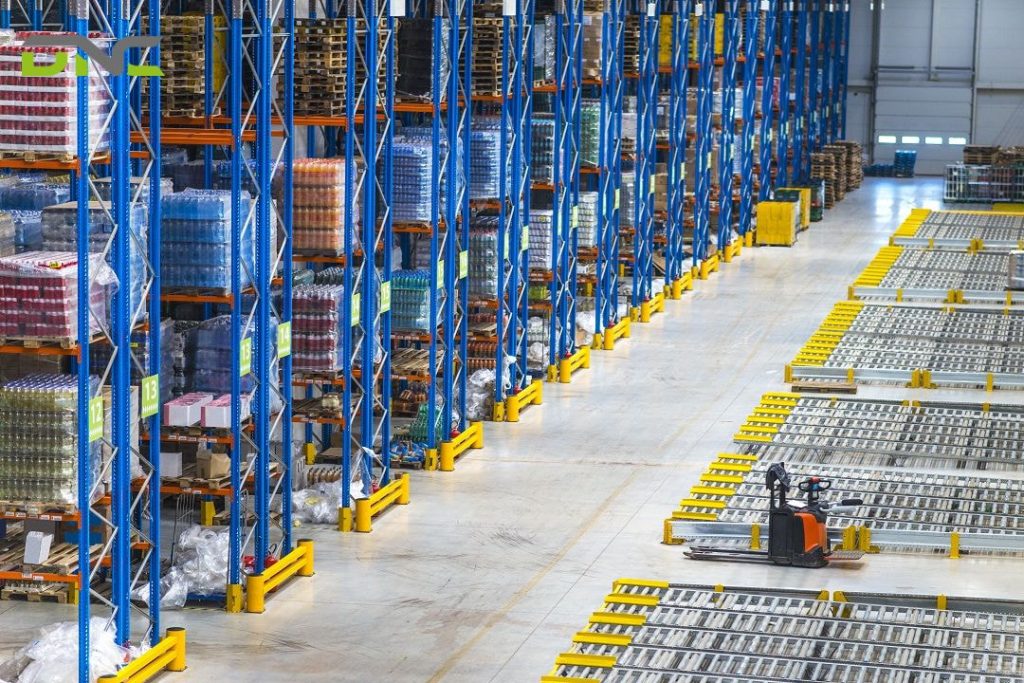
What are the trends in warehousing systems in 2025?
While WMS systems offer many benefits, they also come with their fair share of challenges. But they are the most advanced and optimal inventory management systems available today. If your business is ready to install one, we encourage you to adopt emerging technologies to meet the growing demand for speed, accuracy, and sustainability.
- Integration with Robotics and Automation, such as Automated Guided Vehicles (AGVs), robotic arms, and drones, is becoming the norm in advanced warehouse settings. These technologies help reduce labor costs and improve accuracy in picking and sorting.
- Real-time tracking using IoT devices and RFID technology enables the continuous monitoring of inventory, shipments, and equipment. Real-time data enables managers to make faster, more informed decisions.
- Predictive analytics helps businesses predict demand, plan labor, and avoid stockouts or overstocking. These tools analyze historical data and external factors such as seasonality and market trends.
- Automated Replenishment: Smart WMS now features automated replenishment capabilities. When inventory levels fall below a set threshold, the system automatically generates a purchase order, ensuring a seamless flow of inventory.
Which location provides reputable warehouse solutions?
If you are looking for a reliable supplier of high-quality Warehouse Management System (WMS) in Malaysia, DNC Automation is a standout choice. With over 15 years of experience in the field of industrial automation, engineering and technology, DNC has built a solid reputation for providing reliable and fully customized WMS solutions that suit the needs of businesses across a wide range of industries.
- Custom WMS solutions for warehouses of all sizes and industry requirements
- Seamless integration with Automated Storage and Retrieval Systems (ASRS) and other material handling equipment
- Real-time inventory tracking, order processing, and warehouse performance analytics
- Industry 4.0 and IIoT capabilities for data-driven warehouse operations
- Complete project management from system design and software implementation to training and technical support
Contact us now at the hotline below, we are ready to serve you!
- 1 views
- 0 Comment



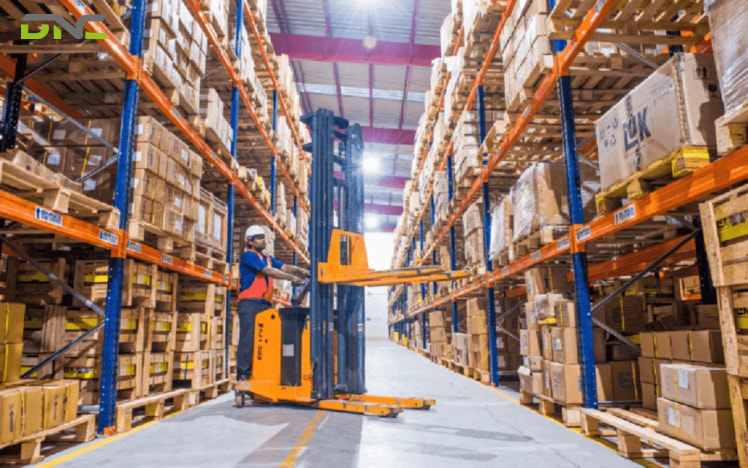
Recent Comments